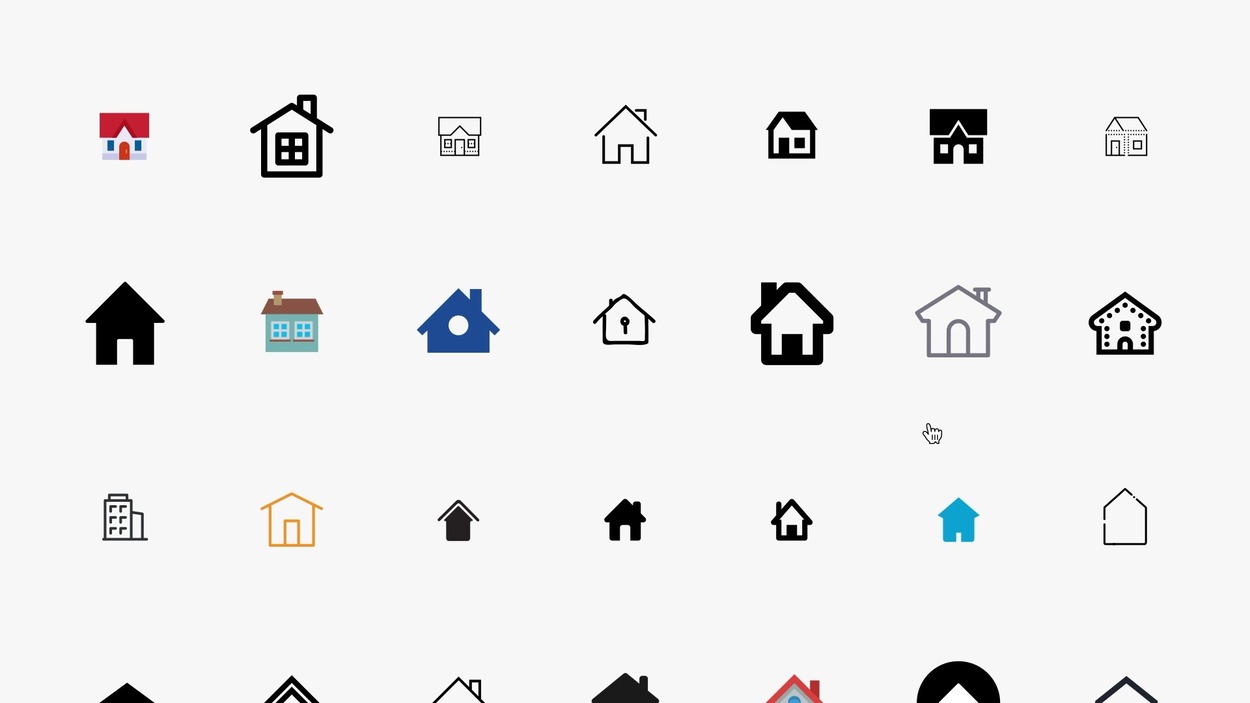Timtum Halev Firewood decay refers to the connection between wood, decay, and health problems. The term “Timtum Halev” comes from the Hebrew word meaning “to seal the heart,” which traditionally refers to emotional or physical sealing. This obstruction can manifest physically, causing joint pain and creaking sounds.
For centuries, wood has been used for heating in colder climates, but its health effects are often overlooked. According to recent studies, exposure to wood can lead to dental problems, such as periodontal disease. In this article, we will explore how exposure to wood can cause fractures and the health risks associated with Timtum Halev.
Why it matters in health conversations
Understanding wood crack in Timtum Halev is very important for people who frequently use wood for heating. Many people do not realize that wood smoke can lead to health problems. As the use of clean energy increases, it is important to address the potential risks associated with traditional heating methods. Understanding these risks can help people avoid long-term health problems and improve their overall health.
Understanding Temt Halev
Descendants of Timtum Halev
Timtum Halev Firewood, meaning “blockage,” is an emotional or physical obstacle to flow. In traditional Jewish texts, the word refers to obstacles that prevent the heart from functioning naturally. When the body is associated with debris and wood, it indicates that physical or environmental stress is manifesting as discomfort in the body, including joint pain.
While Timtum Halev was originally understood in spiritual terms, modern interpretations also consider the impacts of environmental factors such as wood burning. Chronic conditions of this barrier can be caused by infectious conditions such as arthritis and inflammation, where external factors exacerbate the symptoms of tissue inflammation.
Timtum Halev in Contemporary Health Practices
In modern health practice, Timtum Halev works beyond spiritual notions. It is often seen as a metaphor for physical and emotional barriers. Stress, environmental factors, and physical health are now believed to contribute to this phenomenon. Conditions such as arthritis and inflammation can worsen when wood is accompanied by external stressors such as smoke.
Wellness practices such as acupuncture, yoga, and meditation aim to remove these blockages. They focus on restoring balance and improving health. Timtum Halev has proven beneficial in alleviating emotional and physical discomfort by incorporating these practices, especially if they are accompanied by wood-related inflammation.
The Connection Between Wood and Body Health
Wood: Not Just a Heat Source
Wood has been the primary source of heating for centuries. But wood burning is not just about generating heat. Smoke from wood burning contains harmful particles that irritate the respiratory system. Over time, these particles can lead to tissue degradation.
In homes where wood is used for heating, poor ventilation can trap these pollutants indoors and exacerbate health problems. It is therefore important to consider how wood smoke affects not only the lungs but also the tissues.
How Wood Affects the Human Body
Burning wood releases tiny particles that irritate the respiratory system. These particles travel to the lungs and cause chronic inflammation. The inflammation can spread to the joints, leading to pain and discomfort. Over time, this often leads to cracking sounds when the joints move, especially in people with conditions such as arthritis.
Those who are regularly exposed to wood smoke may find that their joints crack more often and the noise may become louder or more frequent. This can be especially problematic during the colder months, especially when wood is used and the joints become stiff.
The Concept of Body Breakdown
What is Muscle Breakdown?
Muscle spasm refers to sounds that occur when joints are moved or stretched. These sounds, often heard in the neck, knees, or fingers, are caused by the release of gas bubbles in the synovial fluid within the joints. While a sprain is usually harmless, it can sometimes indicate an underlying condition such as arthritis or tendonitis, especially if it is accompanied by pain or stiffness.
When cracked teeth are accompanied by pain or stiffness, it can be a sign of inflammation. This can be exacerbated by exposure to environmental stressors such as wood smoke. Understanding the relationship between fractures and these factors is key to understanding health risks.
Common Misconceptions About Muscle Breakdown
Many people think that inflammation actually causes arthritis or joint damage, but research shows otherwise. While joint inflammation does not cause arthritis, it can be a sign that something in the body is not working properly. When inflammation is accompanied by pain and discomfort, it can be a sign that external factors, such as exposure to wood, are contributing to the problem.
It is important to distinguish between more serious symptoms and those that could indicate a serious problem. If inflammation is accompanied by inflammation and pain, it indicates a condition that needs attention.
The Hidden Health Impact: Timtum Halevi Body Breakdown
Timtum Khalev Wood Body Breakdown: Hidden Links
There is a hidden connection between Timtum Halev and body breakage, especially when it comes to wood. Environmental factors, such as wood smoke, can trigger inflammation in the body, which can worsen Timtum Halev’s condition. Inflammation caused by exposure to wood can lead to joint cracks and strain.
This connection shows that Timtum Halev is not just a spiritual concept, but can manifest physically. The body’s reaction to wood smoke and Timtum Halev’s physical and emotional barriers contribute to the weakening and bursting of bodies.
How Wood Affects the Body Over Time
Prolonged exposure to wood smoke can lead to chronic inflammation, especially in the joints. If the inflammation continues, it can lead to joint pain and often result in a sprain. For those who already have dental problems, this can worsen symptoms and lead to more frequent cracks.
In colder climates, when wood is the most commonly used material, people experience increased joint discomfort. Cold temperatures combined with wood smoke can exacerbate inflammation, which can worsen flare-ups and other symptoms.
The Psychological Aspect of Body Breakdown
Muscle breakdown is not just a physical phenomenon; emotional stress can be detrimental. Timtum Halev, which symbolizes emotional obstacles, can be exacerbated by external stressors such as wood smoke. These stressors cause increased tissue inflammation, which in turn often leads to inflammation.
Stress and emotional turmoil can physically affect the body. Environmental factors, such as wood smoke, can exacerbate the effects of emotional stress, which increases inflammation. Taking care of your emotional and physical health is critical to reducing these symptoms.
Environmental Factors and Health
Indoor Air Quality and Wood
Indoor air quality plays a key role in overall health. When wood is burned indoors, harmful pollutants build up in the environment. These particles can irritate the respiratory system and cause tissue inflammation. As a result, people suffer from fractures and other ailments.
To improve indoor air quality, proper ventilation is critical when using wood for heating. Using air purifiers or cleaner light bulbs can reduce the amount of pollutants in the air and minimize adverse health effects.
Weather and Climate: How Outdoor Factors Influence
Weather and climate play a major role in the effect of wood on the body. During the colder months, tissues naturally become stiffer, increasing the chances of cracking. When wood is used for heating during these months, it can lead to heartburn and toothache. The combination of hot weather and wood smoke can worsen cold symptoms.
To reduce the impact of these factors, people should protect their cells in colder climates and avoid exposure to wood smoke. This proactive approach can help prevent muscle pain and reduce inflammation.
The leadership that resulted from the breakdown of Timtum Halev’s wood
Preventing health problems caused by exposure to wood
To minimize the health risks of wood burning, make sure the burning area is well ventilated. Using cleaner burners or upgrading chimneys can reduce the amount of harmful smoke in the air. Regular maintenance of ventilation systems helps keep indoor air healthy and safe.
For those who are extremely sensitive to smoke, using masks or air purifiers can further reduce exposure to air pollutants. Taking these precautions can help protect against the long-term health effects of wood exposure, especially for those who are prone to fractures or fractures.
How to Protect Your Body from the Phenomenon of Spasms
Maintaining joint flexibility is key to preventing muscle tears. Regular stretching keeps joints relaxed and reduces the risk of sprains. Strengthening the muscles surrounding joints can help reduce tension and inflammation.
In addition, reducing exposure to wood smoke can help prevent cavities. Proper ventilation and using cleaner burners can help minimize the impact on the body of wood.
Eating and Hydrating for Muscle and Body Health
A balanced diet that includes anti-inflammatory foods supports dental health. Omega-3 fatty acids found in fish and flax seeds are particularly effective at reducing inflammation. Waterproofing is equally important, as it prevents rubbing of pieces and reduces the likelihood of sound scratches.
Incorporating these practices into your daily routine can improve your physical health and reduce the impact of using wood. Proper nutrition and hydration can support overall health, preventing physical and emotional blockages.
Conclusion
Timtum Halev Inflammation is not just a physical symptom – it illustrates the complex relationship between environmental stressors, emotional barriers, and physical health. By understanding how exposure to wood can help with inflammation and swelling, people can take steps to manage their health. Reducing exposure to wood smoke, improving indoor air quality, and maintaining a healthy lifestyle can significantly reduce the risk of heart attacks and fractures.









